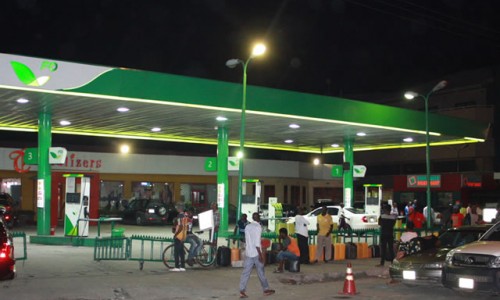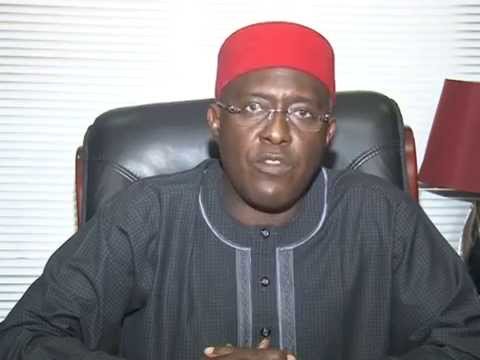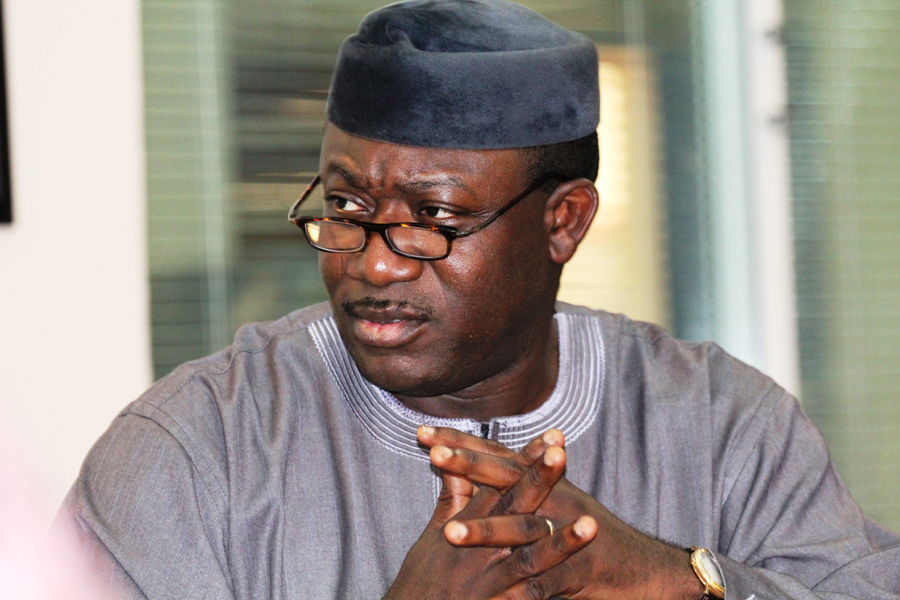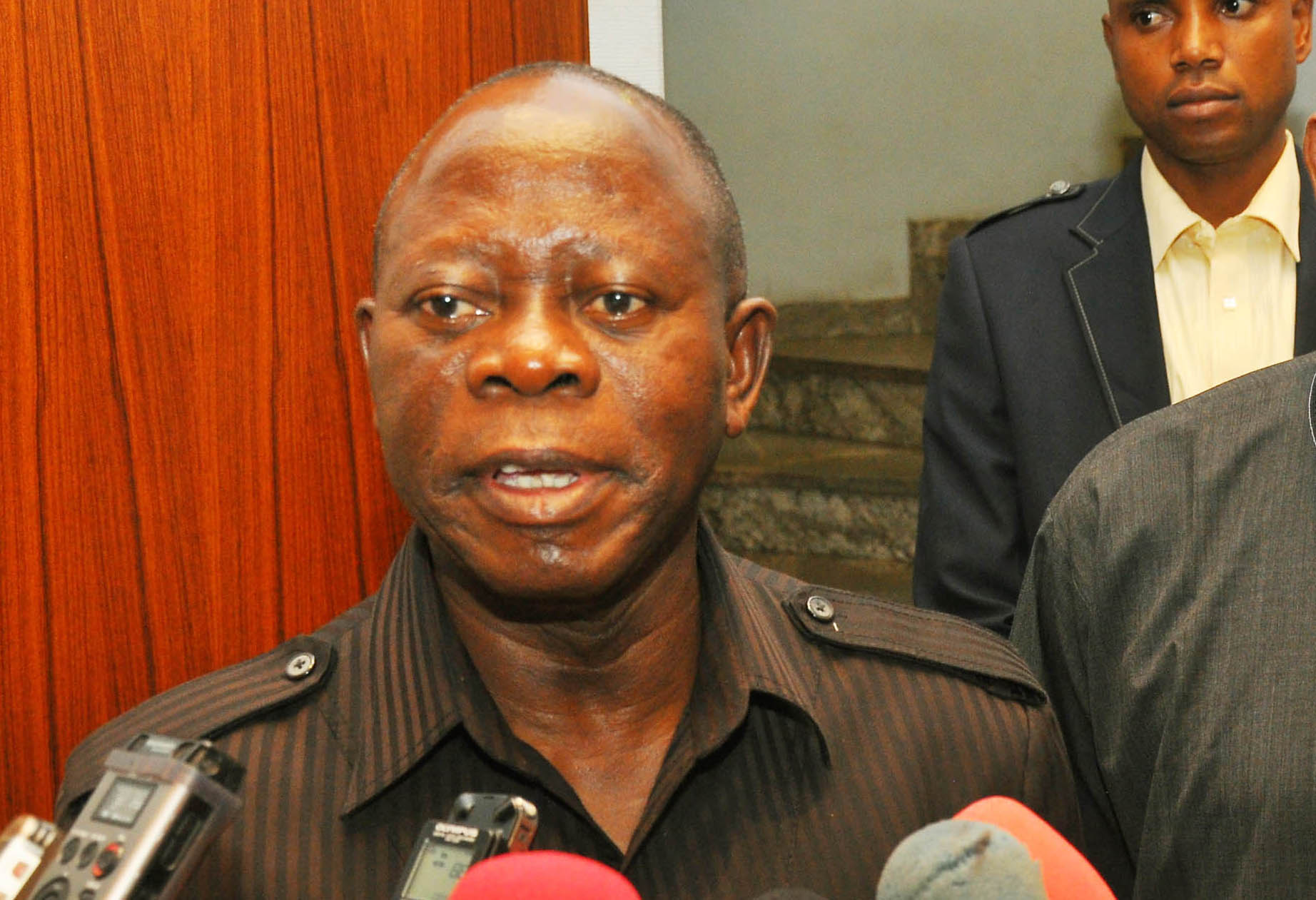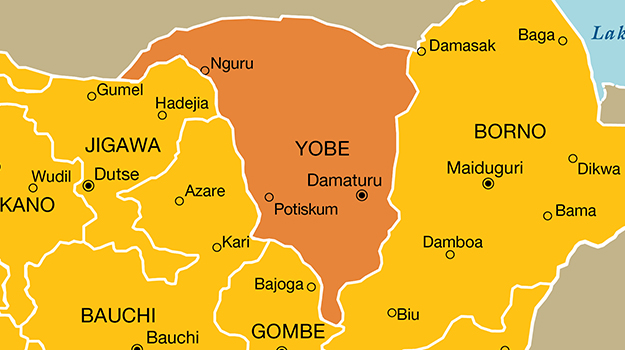Forte Oil lost its two-year recovery momentum in 2014 and profit dropped despite a strong growth in sales revenue. This year, sales revenue is headed for a significant drop based on the second quarter performance. Will the company be able to sustain the profit growth rate seen in the second quarter or will profit drop with revenue are the big questions on the petroleum marketing company in 2015.
Should the company keep profit growing at the second quarter growth rate, Forte Oil could close the year with a new profit high. Its profit growth weakness last year however happened in the second half of the year. Less than 30% of its full year net profit last year was earned in the second half of the year. If that pattern is repeated this year, the company will most likely report a profit fall for the second year in 2015.
A major operating disadvantage this year is that sales revenue is falling against outstanding growths in the preceding two years. Second quarter operations ended with a turnover of N61.17 billion, which is a drop of 23.2% year-on-year. Based on the second quarter growth rate, full year sales revenue is projected at N124 billion, which will be a drop of 27% from the peak earnings record of N170.13 billion in 2014. That will bring sales revenue to a three-year low.
Falling sales revenue is a general pattern in the petroleum marketing sector so far this year. None of the operators in the sector is likely to grow sales revenue this year. Conoil suffered a drop of 45% in sales revenue in the second quarter; Mobil Oil’s revenue dropped by 25% and MRS reported a drop of about 22% in turnover at the end of June. Total Nigeria lost 7% of sales revenue at the end of the second quarter.
Advertisement
Forte Oil returned to profit in 2012 and a strong growth followed in 2013. Profit recovery could not be sustained in 2014 and the chance for another profit drop in the current year is considered high. The company closed second quarter trading with an after tax profit of N2.53 billion – a drop of 19.3% year-on-year. The full year profit outlook for the company is dicey as the ability to sustain the second quarter growth rate is in doubt.
The company has not maintained a track record in earnings performance. After tax profit declined by about 11% to N4.45 billion in 2014 after a major advance of 432% in 2013. The company posted huge losses in the preceding three years to 2011 before a virtual break-even was achieved in 2012. It is yet to beat its peak profit record of N5.10 billion attained in 2008 and it took six years for it to beat its 2008 sales revenue of N162.6 billion last year.
The company’s income statement was strengthened by a leap of 111% in other income in the second quarter, which amounted to N1.57 billion. A further strength came from a change from a net finance cost position in the same period last year to a net finance income at the end of June. This is a major development as high growth in interest cost was a major factor in the profit drop last year. Net interest cost was the only major expense line that deviated from the generally favourable cost behavior in 2014. It multiplied more than eight times to N2.13 billion at the end of the year.
Advertisement
There was also a slight moderation in cost of sales in the second quarter, which declined slightly ahead of sales revenue. Cost of sales continues to moderate from 90.4% of sales revenue at the end of 2013 to 89.1% in 2014 and further to 86.4% in June 2015. Gross profit margin has therefore continued to improve over the period.
Distribution and administrative expenses however claimed increased proportions of revenue and contributed to the profit drop at half year. Administrative expenses particularly rose by 52% against the 23.2% drop in sales revenue and accounted for a 39% drop in operating profit to N2.76 billion at the end of the second quarter.
The company’s shift to a net interest income position is despite a worsening cash flow situation. Cash and bank balances have dropped by 72.5% to N4.42 billion, net cash generated from operating activities is down by over 91% and there was a net decrease of over N12 billion in cash resources at the end of June. The only positive signal is a drop of 49% in short-term borrowings to N6.23 billion though long-term debts have risen by 21.8% to N14.93 billion. There is still a bank overdraft of over N17 billion.
Net profit margin is up from 2.6% at the end of 2014 to 4.1% at the end of the second quarter. It had dropped from 3.9% at half year to the closing figure at the end of 2014. The pattern looks likely to be repeated in the current year. By industry standard, Forte Oil remains one of the highest on profit margin within its market segment – second only to Mobil Oil’s 9.1% as at June.
Advertisement
The company earned N1.75 per share at the end of the second quarter, a decline from N1.91 in the same period last year. Earnings per share had declined from N4.32 in 2013 to N2.20 in 2014. The company paid a cash dividend of N2.50 per share plus a bonus of 1 for 4 for its 2014 operations against a cash dividend of N4.0 per share for 2013.
Add a comment

